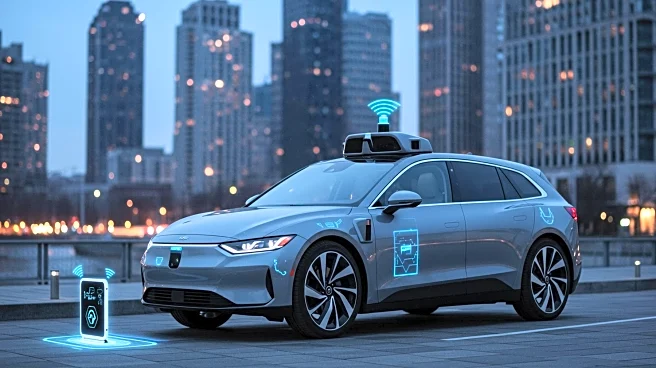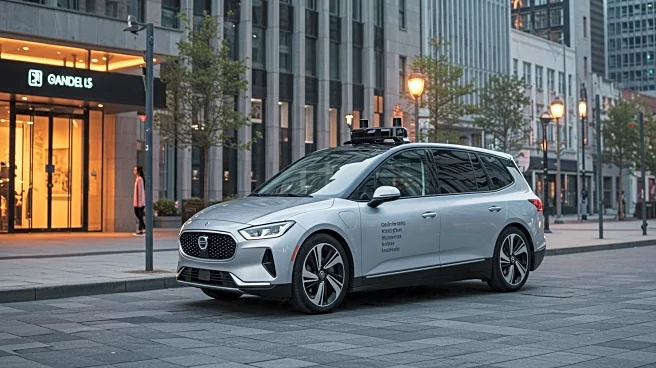Rapid Read • 8 min read
Uber CEO Dara Khosrowshahi has revealed that Waymo's autonomous vehicles (AVs) are completing more daily trips than 99% of Uber's human drivers. This statistic comes from Uber's partnership with Waymo, which has deployed AVs in cities like Atlanta and Austin. The collaboration aims to demonstrate the financial viability of self-driving cars to investors. Uber is also investing in other AV technologies, including a $300 million investment in electric vehicle maker Lucid and a partnership with software startup Nuro. The company plans to expand its AV fleet in Atlanta and Austin, with the goal of proving the revenue potential of these vehicles.
AD
The success of Waymo's AVs in completing more trips than human drivers is a significant milestone for Uber's strategy to integrate self-driving technology into its platform. This development could potentially transform the ride-hailing industry by reducing costs associated with human drivers, such as vehicle maintenance and liability. For investors, the ability of AVs to generate substantial revenue per day is crucial for securing future financing. Additionally, the increased use of AVs could lead to safer streets, as these vehicles are expected to make better driving decisions than humans. However, the transition to AVs may also impact gig workers who rely on driving for income, raising questions about job security and the future of human drivers in the ride-hailing industry.
Uber plans to expand its AV operations in the coming quarters, particularly in Atlanta, where it aims to increase the number of vehicles. The company is also exploring different models for managing and owning AVs, including partnerships with fleet owners and fare-sharing with individual owners. As Uber continues to develop its AV strategy, it will need to address concerns from human drivers about job displacement and the challenges AVs face, such as navigating complex road conditions. The company will also need to secure additional financing to support the broader rollout of AVs across its platform.
The integration of AVs into Uber's network could have broader implications for urban transportation and infrastructure. As AVs become more prevalent, cities may need to adapt their roadways and traffic management systems to accommodate these vehicles. Additionally, the shift towards AVs could influence public policy and regulatory frameworks, as governments seek to balance innovation with safety and employment concerns. The rise of AVs also presents ethical considerations, such as the decision-making algorithms used in these vehicles and their impact on pedestrian and cyclist safety.
AD
More Stories You Might Enjoy










